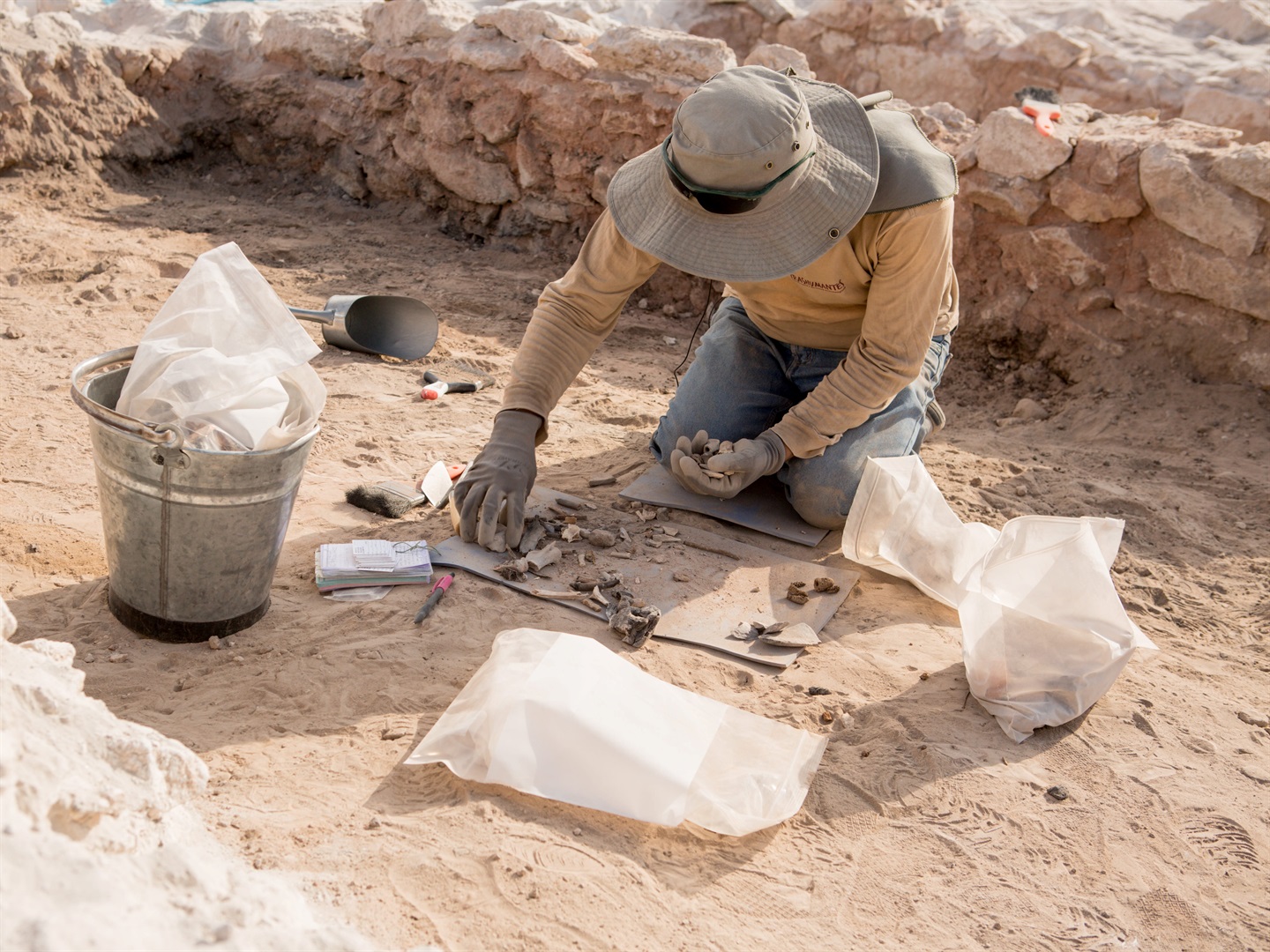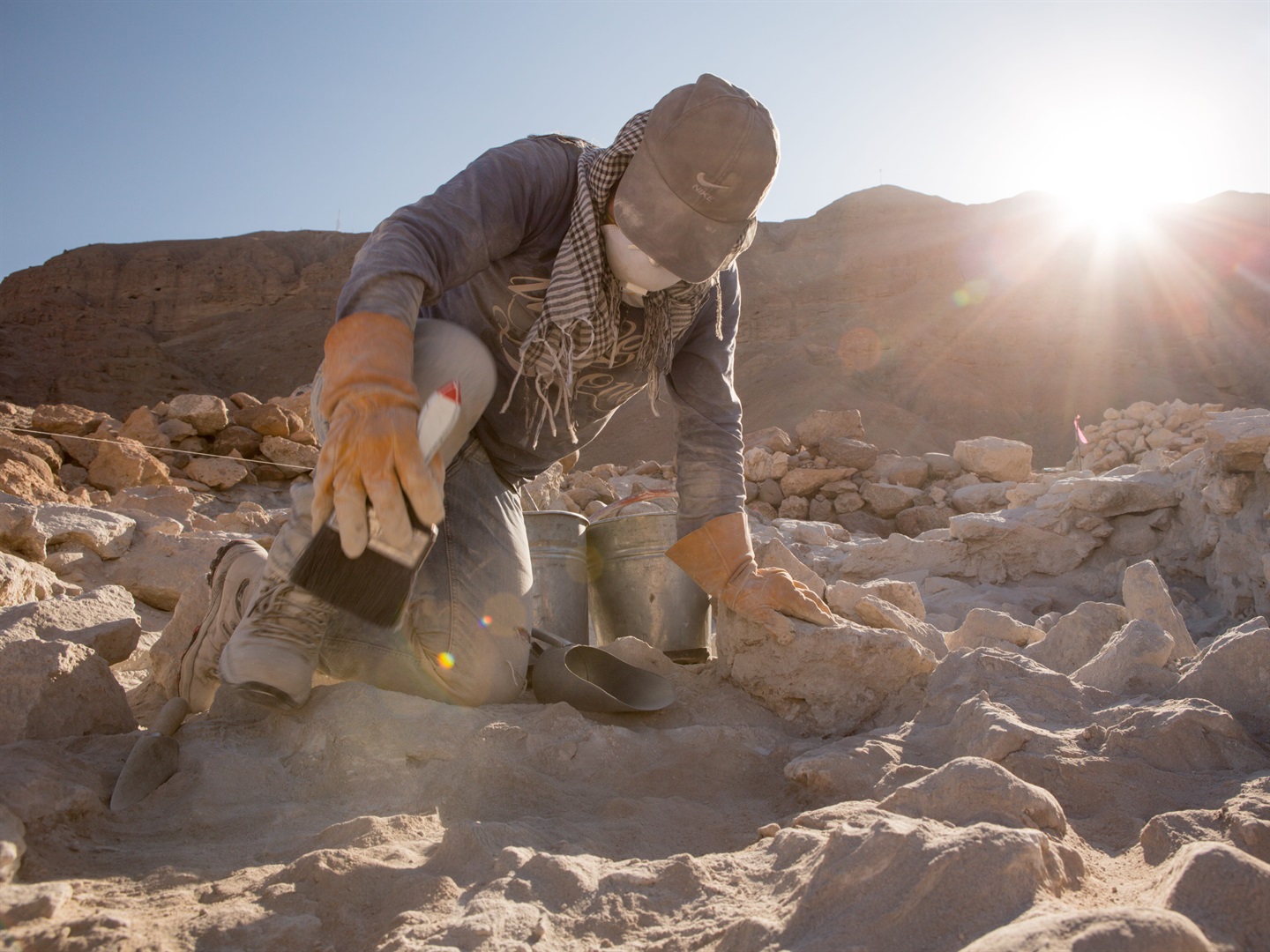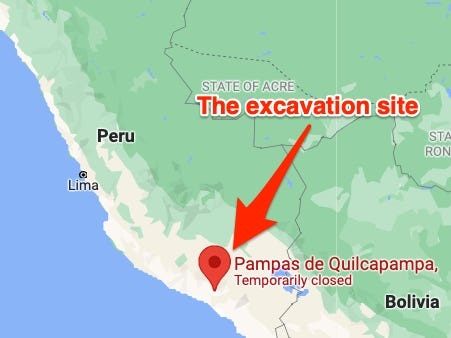Psychedelic beer helped an ancient empire in the Andes rule for centuries
- A team of international archaeologists discovered 16 unground vilca seeds in southern Peru.
- According to a new study, the hallucinogenic seeds were added to molle beer and served at feasts.
- The drug-laced beers helped Wari leaders reinforce their power and build a sense of community.
Beer laced with hallucinogenic drugs may have helped the rulers of an ancient, pre-Incan empire in South America maintain power for about 400 years, according to new archaeological research.
The Wari Empire, which spanned across the highlands of modern-day Peru between circa 600 AD and 1000 AD, likely prospered thanks to the political allegiances forged while consuming the hallucinogenic beverage, the study in the Antiquity journal indicates.
The potent mixture — a beer-like drink made from the drupes of molle trees and combined with psychotropic seeds — was likely a staple of intimate feasts that helped foster social relationships and reinforced elite positions in the Wari empire, the research said.
"Feasts for millennia were used to cement political control in the Andes," said associate professor of anthropology at the University of Toronto Justin Jennings, who is an author of the study, in an email to Insider.
"The Wari innovation was to make a special kind of beer that could be linked to Wari statecraft," he added. "One that depended not on the massive festivals that would be recorded later among the Inca but instead on statecraft writ small in the form of something that was akin to a long, boozy, and likely quite a delightful dinner party."
An international team of archaeologists from Peru, Canada, and the US came to this conclusion after excavating a site at Quilcapampa in Southern Peru where they discovered 16 vilca seeds.
The study's authors said the seeds, which usually would have been ground into powder and added to molle beer, appear to have been lost while brewing the unique drink.
Vilca seeds are still (rarely) used as a hallucinogen in ancient South America, per National Geographic, and promote an intense out-of-body experience similar to the ayahuasca drug. "It is a powerful drug when inhaled that's use quickly leads to blackout, vomiting, and visions," said one of the study's authors, Justin Jennings, in an email to Insider. "It's not a social drug."
But when vilca seeds are combined with molle beer, as the Wari people are believed to have done, Jennings said the drug's impact is weakened and prolonged. "You know where you are and who you are with, but you also know you are not quite in the same place as when the event began," he explained.
Infusing molle beer made from berries with vilca seeds made for a "smoother, more enduring high" that could be enjoyed "collectively," Jennings said. It created a politically useful sense of "communitas," according to the study.
These drug-laced beers also allowed Wari leaders to maintain their heightened status by offering a memorable, communal, and — most importantly — unique hallucinatory feast, the research said. The highly prized vilca seeds were likely an import from the southern coast, Jennings explained.
A question that remains, Jennings told Insider, is why the Wari formula was not replicated by the Incan empire. "The beverage was still drunk on rare occasions in the Andes after, but was replaced by the mass production of maize beer," he said. "The Inca built off of other Wari innovations but chose a different path in regards to feasting, beer, and drugs. Why?"
https://www.businessinsider.co.za/peru-drug-laced-beers-helped-ancient-empire-prosper-wari-2022-1





No comments:
Post a Comment